Disclosure: This article contains affiliate links. We may earn a commission from purchases at no extra cost to you, which helps our travel content.
As a researcher who's made budget travel both my academic pursuit and personal passion, I've found that the most overlooked destinations often yield the richest cultural returns. Scranton—yes, that Scranton of The Office fame—represents a fascinating case study in post-industrial American identity transformation, where economic necessity has birthed creative cultural preservation. This former coal mining capital now offers budget travelers an unexpectedly rewarding weekend escape that won't deplete your research stipend or student loans.
Lodging: Academic Networks and Alternative Accommodations
My anthropological fieldwork has taught me that university connections are the budget traveler's skeleton key. Scranton houses several institutions of higher learning, most notably the University of Scranton and Marywood University. As an academic, I've had success reaching out to university housing offices directly during summer months when dorms sit empty—simply explain your research interests and academic affiliation. During my visit documenting industrial heritage preservation, I secured a basic but comfortable dorm room for $35/night in June.
If dormitory living feels too reminiscent of undergrad days, Scranton offers surprisingly affordable Airbnb options in charming Victorian homes throughout the Hill Section neighborhood. I stayed in a private room with a local host who provided invaluable insider knowledge for just $45/night. For the truly budget-conscious, the Scranton area has a small but active Couchsurfing community—I recommend creating a detailed profile emphasizing your academic interests in the area to increase hosting opportunities.

💡 Pro Tips
- Email university housing offices 4-6 weeks before summer visits for potential dorm stays
- Look for Airbnbs in the Hill Section neighborhood for the best value and walkability to downtown
- Join local Scranton Facebook groups to find potential room shares or house-sitting opportunities
The Office Tourism: Performing Fandom on a Budget
My dissertation research on modern pilgrimage practices finds fascinating expression in Scranton's The Office-related tourism. While the show was primarily filmed in California, Scranton has embraced its fictional identity with remarkable entrepreneurial spirit. The absolute must-visit for any fan is the Pennsylvania Paper & Supply Company, whose tower appears in the show's opening credits. It costs nothing to photograph this landmark and perform what I academically classify as 'sitcom pilgrimage.'
For a more immersive experience, the Marketplace at Steamtown mall houses The Scranton Office Experience, a modest but entertaining photo opportunity space. At $20, it's not strictly budget, but splitting the cost with fellow fans makes it reasonable. I justified the expense as ethnographic research into fan culture—and the resulting photos provided excellent data on how television constructs place identity.
The true budget hack is the self-guided Office Fan's Walking Tour, which I mapped using the free AllTrails app. This DIY approach allowed me to visit locations like Poor Richard's Pub (where drinks are surprisingly affordable) and the Welcome to Scranton sign at my own pace, documenting fan interactions at each site.
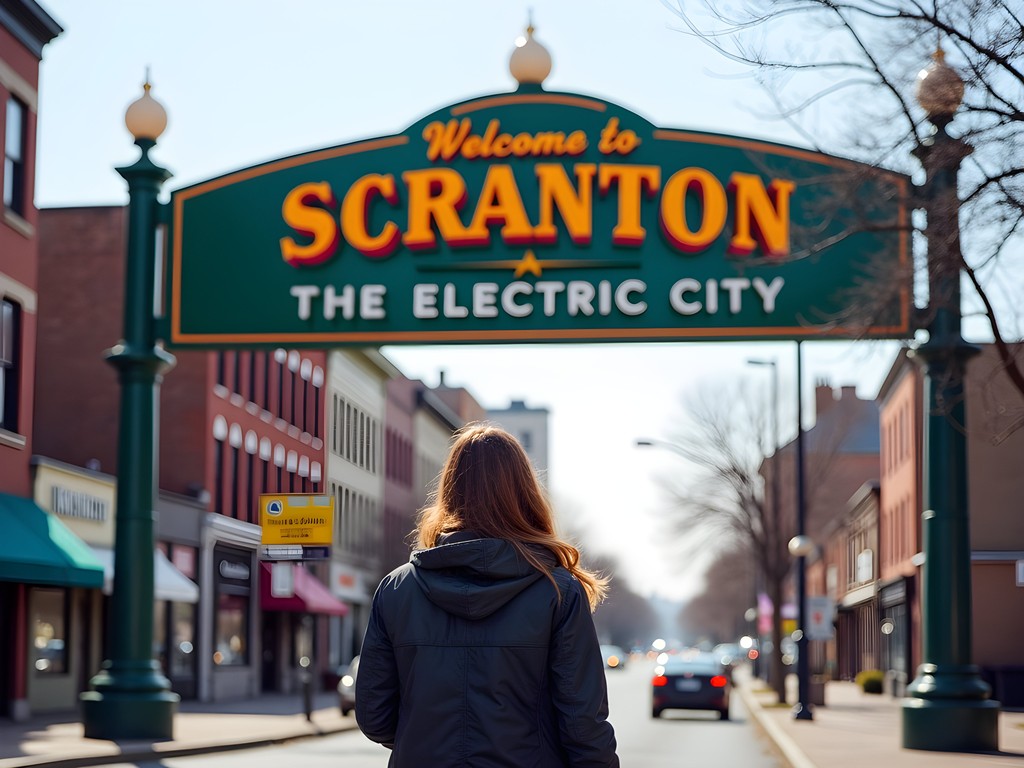
💡 Pro Tips
- Visit the Pennsylvania Paper & Supply Company tower early morning for the best lighting and fewest tourists
- Split the cost of The Scranton Office Experience with fellow fans
- Download the free AllTrails app to create your own Office locations walking tour
Industrial Heritage: Coal Mining History Without Mining Your Wallet
As an anthropologist fascinated by how communities perform their industrial past, Scranton's coal mining heritage sites offer exceptional value. The crown jewel is the Scranton Iron Furnaces—free to visit and hauntingly photogenic. These massive stone blast furnaces stand as cathedral-like monuments to America's industrial revolution. I spent hours sketching and photographing these structures, which serve as perfect backdrops for understanding the region's economic transformation.
The Pennsylvania Anthracite Heritage Museum charges a modest $8 admission fee, but delivers tremendous educational value through its comprehensive exhibits on mining life. For serious researchers, I recommend contacting the curator in advance—mentioning my academic interests earned me a behind-the-scenes tour of their archives.
The most memorable experience was the Lackawanna Coal Mine Tour ($20), where former miners guide visitors 300 feet underground. While this stretches the definition of 'budget,' no classroom education compares to physically experiencing the claustrophobic conditions miners endured. I prepared by reading coal mining histories on my Kindle, which enhanced my appreciation of the tour's historical narratives.

💡 Pro Tips
- Visit the Iron Furnaces at sunset for dramatic photography opportunities
- Email museum curators in advance mentioning specific research interests for possible special access
- Bring a light jacket for the Coal Mine Tour—it's 53°F year-round underground
Cultural Immersion: Theater and Climbing on a Budget
My dual passions for theater and climbing might seem an odd pairing, but Scranton satisfies both without financial strain. The University of Scranton's theater department offers student productions for as little as $5 with a student ID from any institution (always carry yours while traveling). During my visit, I caught a surprisingly professional production of Our Town—a meta-theatrical experience watching a play about small-town American life while visiting a small American city.
For independent theater, the Scranton Cultural Center occasionally offers pay-what-you-can preview nights. I recommend following their social media accounts for announcements, as these affordable performances often sell out quickly.
Scranton might not be known for climbing, but the nearby Endless Mountains offer excellent bouldering opportunities. I spent a morning at Moosic Mountain Natural Area, where free access to moderate climbing routes provided both physical challenge and spectacular views. Pack your climbing shoes and chalk bag, but consider borrowing a crash pad from local climbers—I connected with the NEPA Climbers group on Facebook who were welcoming to visiting academics interested in their local crags.

💡 Pro Tips
- Always ask about student discounts at cultural venues—even if you've graduated, your ID may still work
- Check university theater departments for inexpensive productions
- Connect with local climbing groups on social media for beta on free climbing areas and potential gear loans
Culinary Fieldwork: Eating Well for Less
Approaching food as ethnographic fieldwork transforms budget constraints into research opportunities. Scranton's working-class heritage has preserved affordable dining traditions that offer cultural insight alongside caloric sustenance.
The city's Italian-American community provides exceptional value at old-school establishments like Alfredo's Pizza Cafe (yes, from The Office, though locals debate whether Pizza by Alfredo or Alfredo's Pizza Cafe is superior—a debate I documented in my field notes). A massive slice costs under $3 and provides insight into regional pizza variations.
For breakfast, I recommend Northern Light Espresso Bar, where $5 secures excellent coffee and a bagel in a space frequented by local academics and artists—perfect for eavesdropping on community conversations (a legitimate ethnographic method I assure you).
My best budget discovery was the Scranton Farmers Market (open Fridays and Saturdays). I assembled picnic provisions from local producers while conducting informal interviews about agricultural traditions. For hiking excursions, I filled my reusable food containers with farmers market finds—sustainable for both budget and environment.
Pro tip: The University of Scranton's student center cafeteria is open to the public and offers surprisingly decent meals at institutional prices—ideal for the truly budget-constrained researcher.

💡 Pro Tips
- Visit the Scranton Farmers Market (Fridays and Saturdays) for affordable local food
- University cafeterias are open to the public and offer institutional pricing
- Ask locals where they actually eat—not where tourists go
Final Thoughts
Scranton exemplifies what I've documented throughout my academic research on budget travel—economic constraints often lead to more authentic cultural immersion than conventional tourism. By approaching this former industrial center through an anthropological lens, I discovered a community actively performing its heritage while navigating economic transition. The city offers a fascinating case study in how pop culture references (The Office) can revitalize tourism in unexpected ways, while industrial heritage sites preserve important narratives about American labor history.
My weekend in Scranton cost less than $200 total, yet provided rich material for both my research and personal enrichment. As students and early-career academics, we needn't wait for research grants or sabbaticals to conduct meaningful travel. The budget constraints we navigate can become methodological advantages, pushing us toward more authentic interactions with places and communities.
I invite you to approach your next weekend trip as both scholar and traveler—document your observations, seek connections with local academic institutions, and remember that the most valuable souvenirs are the insights you gather rather than the trinkets you purchase.
✨ Key Takeaways
- University connections can provide affordable accommodations and cultural opportunities
- Industrial heritage sites offer educational value and cultural context at minimal cost
- Approaching budget constraints as research methodology enhances travel experiences
- Local outdoor recreation provides free counterbalance to academic exploration
- Student IDs remain valuable travel tools even after graduation
📋 Practical Information
Best Time to Visit
year-round, though summer offers university housing options
Budget Estimate
$75-100 per day including accommodations, food, and activities
Recommended Duration
weekend (2-3 days)
Difficulty Level
Easy

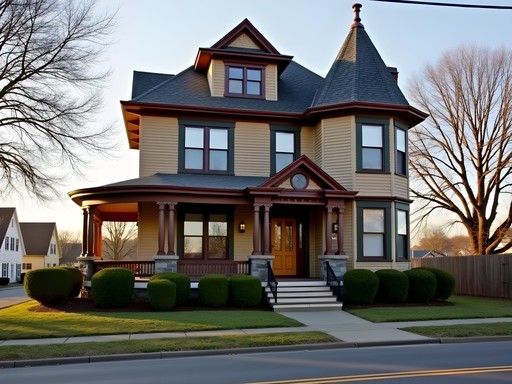

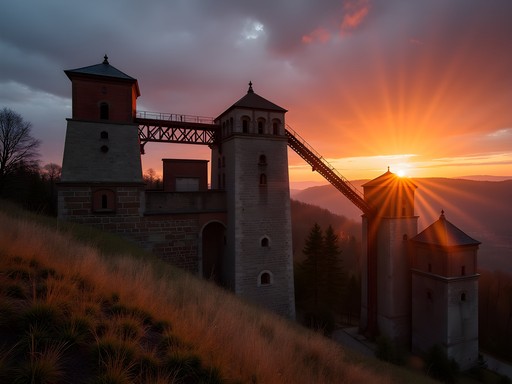




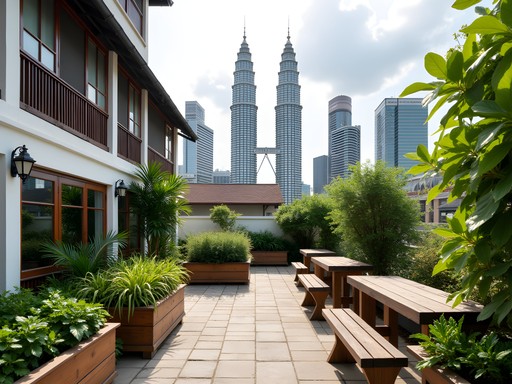

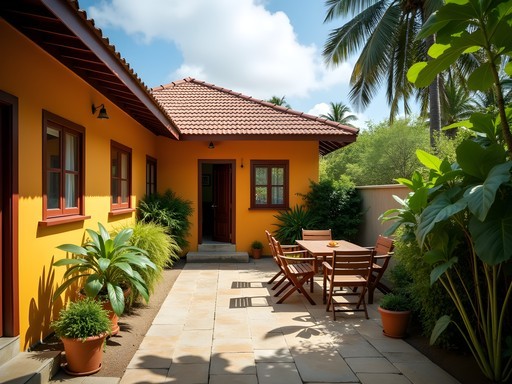


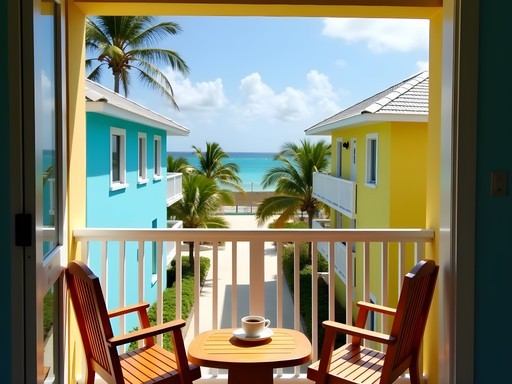


Comments
journeyguide
Love budget travel guides like this! Bookmarking for later!
cityrider
Never thought I'd want to visit Scranton but this actually makes it sound cool!
adventurechamp4970
OMG I'm planning a trip to Scranton specifically for The Office sites!!! This is perfect timing! Sofia, do you think it's worth staying for 3 full days or is 2 enough? Also, did you find any cool Office merch that was actually affordable? I've been saving up for this trip and don't want to blow my budget on overpriced souvenirs but definitely want SOMETHING to remember it by!
Sofia Franklin
I think 2 full days is plenty unless you want to really take your time or explore the surrounding areas too. For affordable merch, check out the local shops rather than the official store - there's a place called The Local that has some fun handmade Office-inspired items that are unique and reasonably priced!
journeylife
Great guide! I'm planning a 2-day Scranton trip in October. Between the coal mining history and The Office sites, which would you prioritize if time is limited?
Sofia Franklin
Great question! If you're a big Office fan, I'd do the self-guided Office tour on day 1 (morning), then hit the Anthracite Museum in the afternoon. Day 2 could be downtown exploration and Steamtown National Historic Site. The industrial history gives you the 'why' behind Scranton's development, while The Office sites are quick photo stops that can be grouped efficiently.
greenway
Just got back from Scranton last week and this guide would've been SO helpful! We did manage to find a decent Airbnb near the University though. The Office tour was definitely worth it even though some locations are just...regular buildings now. The coal mine tour was surprisingly interesting - my kids actually loved it even though they complained the whole drive there. The Steamtown museum was a hit too. Sofia, did you try any of the local pizza places? We found this hole-in-the-wall spot that was amazing.
Sofia Franklin
So glad you enjoyed Scranton! Yes, the pizza scene is surprisingly good - was it Alfredo's Pizza Cafe by any chance? (Not Pizza by Alfredo, big difference lol). The coal mine tour is such an underrated gem!
greenway
Haha yes! We got that Office reference right away. It actually was Alfredo's! Worth every penny.
Megan Martin
I appreciate this practical guide, Sofia. I frequently travel to Scranton for business and can confirm your budget recommendations are spot-on. For accommodations, I've had success with the Scranton Extended Stay Suites which often has corporate rates but is also reasonable for tourists. One addition to your cultural section - the First Friday art walks are completely free and showcase local artists with complimentary refreshments at most galleries. It's a wonderful way to experience the local creative scene without spending a dime.
budget_wanderer
Just got back from Scranton and used this guide religiously! The academic housing tip was GOLD - emailed the local college like you suggested and stayed in a summer-vacant dorm for literally 1/3 the price of hotels. Also, the free Electric City Trolley Museum day you mentioned (first Saturday) saved us $12 per person. We did the self-guided Office tour and brought our own lunch to eat at Lake Scranton - perfect budget day. One thing to add: the Scranton Cultural Center sometimes has free gallery exhibits that aren't advertised well online but are worth checking out!
dreamvibes
How was the dorm accommodation? Clean? Safe? Thinking of trying this approach!
budget_wanderer
Basic but totally clean and safe! Shared bathroom but we had our own room with decent wifi. Just bring your own towels and toiletries. Felt like being back in college but for $35/night you can't beat it!
roamtime
How safe is it to walk around downtown Scranton in the evenings? Planning to visit in November!
smartway
We felt totally safe walking around downtown even after dinner. The area near University of Scranton and the main downtown core is well-lit and had plenty of people around. Just use normal city precautions!
roamtime
Perfect, thanks for the reassurance!
wanderluststar
Never considered Scranton before! Thanks for the inspo!
OfficeFan4Life
OMG thank you for the Poor Richard's Pub happy hour times!! Definitely hitting that up when I visit in October!
Venture X
Premium card with 2X miles, $300 travel credit, Priority Pass